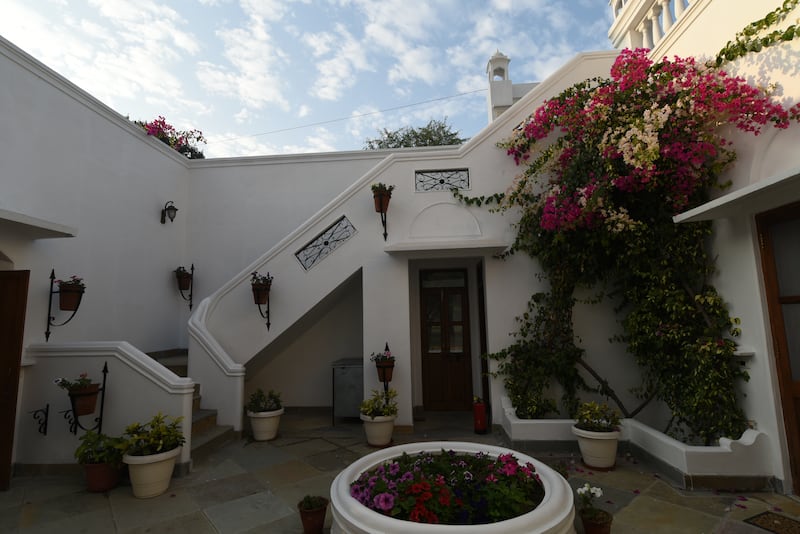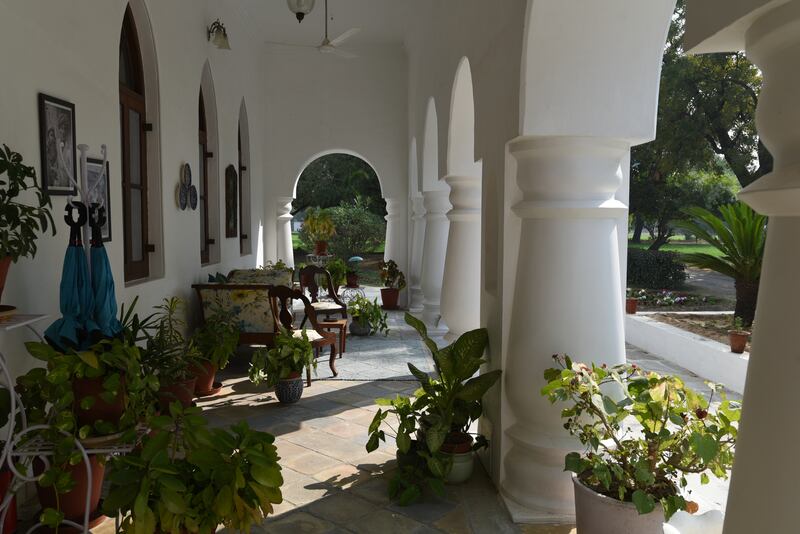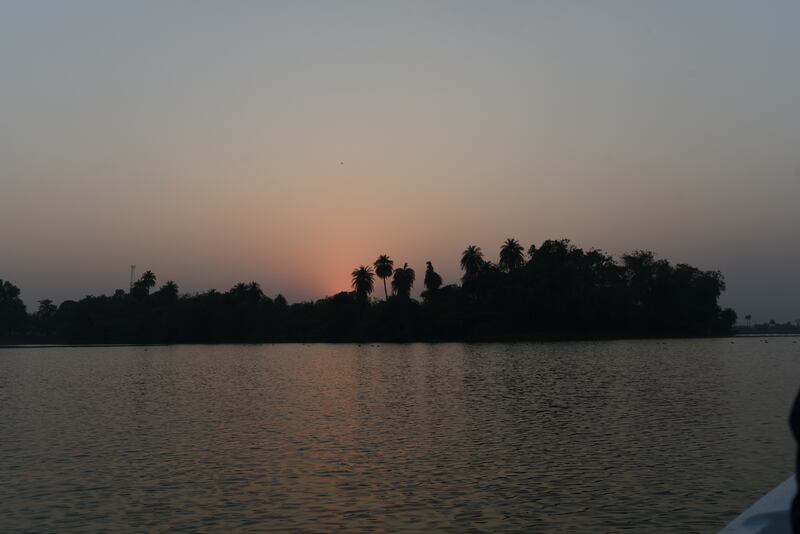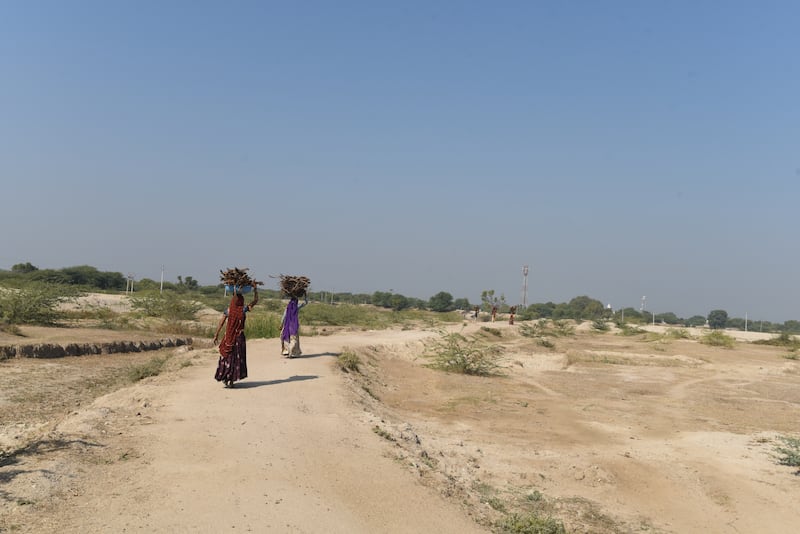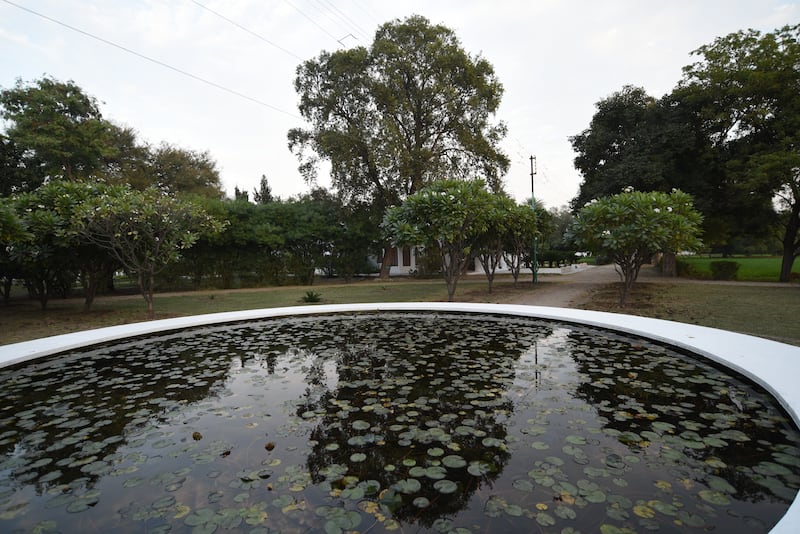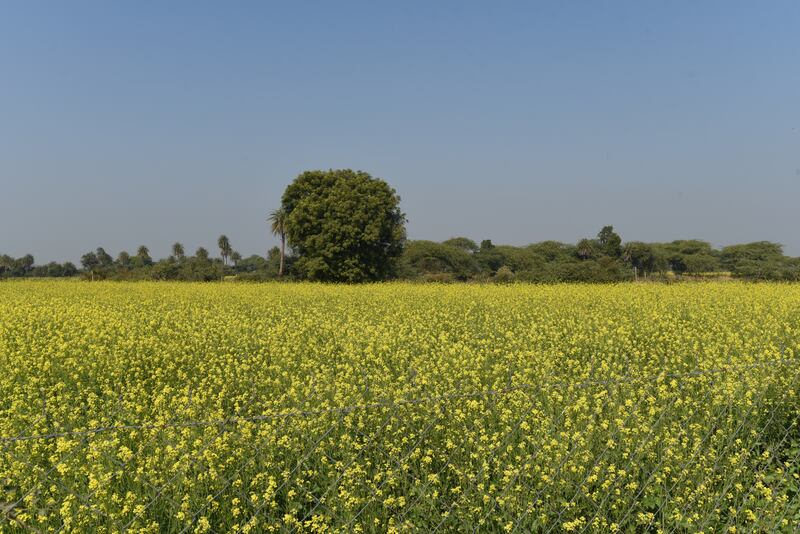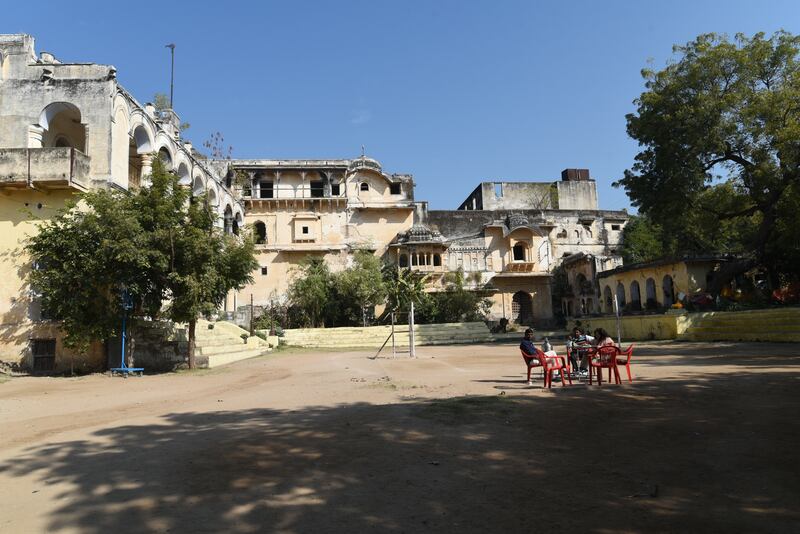We wanted a respite, a reset from the historical buzz and riches of the western state of Rajasthan, India — from its glittering cities, muscled sinewy forts and forests brimming with wildlife. The former princely kingdom of Shahpura, equidistant between Jaipur and Udaipur — and virtually unknown and unsung — was just the ticket.
Shahpura is yet to receive a lot of travel attention, partly because it does not preen to impress the selfie-obsessed tourist. Tour touts and vendors do not chase visitors to buy tacky souvenirs; instead, locals welcome the occasional wayfarer with a smile. This is where the royal and the rural have danced to an inner rhythm and co-existed peacefully for centuries, amid a chequered quilt of sun-bruised fields of mustard, wheat and cotton, and blue man-made lakes. In a largely homogenised world, we had stumbled upon a destination without a single McDonald's, Starbucks or KFC.
We stayed at Shahpura Bagh, the palatial residence of former royals for three nights. The family exuded a regal grace and warmth that comes naturally to those whose ancestors have hosted erstwhile rulers and heads of state. Shatrujeet Singh Rathore, his wife Maya and daughter Trisha welcomed us like old friends, while we met Jai Singh Rathore and his wife Mandvi over dinner later. Shahpura Bagh’s nine suites are decorated with vintage furniture, crystal artefacts and the portraits of elegant former royals.
There are two stately mansions on the Shahpura Bagh estate, the 19th-century Nahar Niwas and Umaid Niwas, a romantic mix of Rajput and Gothic architecture. Their white-washed contours gleam amid the glistening-green parkland on the 18-hectare grounds, where peacocks call and strut. We stayed in one of the two villas connected by an inner courtyard. Blood-red bougainvillea climb white walls, and the villas come with an outdoor shower and two terraces. From the upper terrace, we could watch the sun gild the sprawling estate of old trees interspersed with wheat fields, a lake on two sides bordered by cycling and walking trails and a heated swimming pool with relaxation pavilions.
On our first morning, we wove down narrow lanes in a modified, open-roofed 1960s Kaiser Jeep. We stopped initially at the former royal palace, now a school for underprivileged children and entirely financed by the erstwhile royals’ family trust, which assists the local community in other spheres as well.
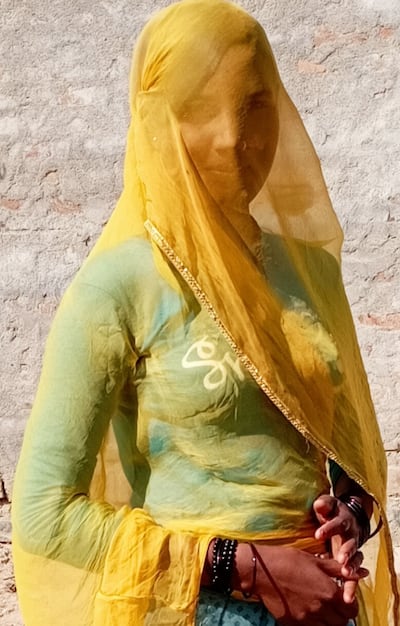
Visiting a nearby village, we admired homes with heavy carved wooden doors, where wizened elderly women sat and watched the world go by. Young women, with partially veiled faces, passed by, some with pots of water on their heads. Most of the tribal women wear a richly carved silver waist belt called a kanakti, which weighs anything from 700g to 1.5kg, our guide and avid birdwatcher Shabbir Khan told us. At the entrance of the vast settlement of the Banjara tribe, sat the bejewelled village head, twirling his handlebar moustache, with a gold necklace and earrings gleaming in the sun.
Back at Shahpura Bagh, we learnt how Shatrujeet, 60, and Jai, 58, returned to their ancestral land in early 2000, leaving behind corporate rat races to serve their people and save their vast estate. The large jagir (estate) of Phulia had been granted by Mughal Emperor Shah Jahan to Rajadhiraj Sujan Singh in 1630 for successful military campaigns against the Marathas and Afghans. He renamed it Shahpura.
In a way, past events impact the future. From 1900 to 1901, Shahpura was ravaged by famine. The plight of his subjects distressed Rajadhiraj Nahar Singh, so he ordered the construction of a 15 square kilometre lake and dam for rainwater harvesting was designed by a British architect. It took four years and cost rupees 4.5 lakh. According to legend, the king mortgaged his properties and family jewels to finance its construction. Later, another such lake was built called Umaid Sagar, 11km away.
Today there are 250 large and small water bodies, an interconnected water-harvesting system that irrigates several sunny fields. And there are winged invaders too that glide across fish-speckled lakes. A tranquil evening boat ride on the lake in the estate yielded visions of coots rummaging on the opposite bank, gleaming white great egrets strutting on green grass and woolly-necked storks goose-stepping across muddy flats.
On our last evening, plans for sundowners at Dhikola Fort, 12km from Shahpura Bagh, were scuppered by a chilly wind. Instead, we dined with Jai indoors, where we were served course by course.
Later, we relaxed in an adjacent lounge, decorated with stag heads, a stuffed tiger and leopard, which appeared ferociously real in the glow of vintage chandeliers. A fitting end to the charming stay.
The nearest airports to Shahpura are in Jaipur and Udaipur. Air India Express and SpiceJet fly directly from Dubai; IndiGo flies from Abu Dhabi with a stop in Mumbai or New Delhi. The nearest railway station is Bhilwara, 50 km away
